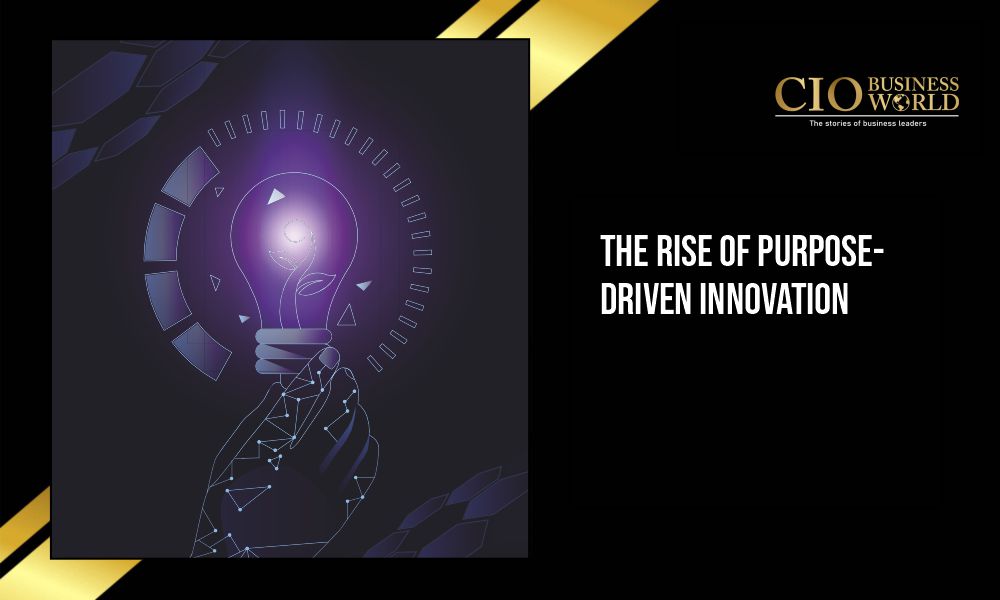In today’s rapidly changing world, innovation and social mission are no longer separate concepts. Increasingly, visionary women leaders are demonstrating how these two forces can work together to create meaningful and sustainable impact. Across industries, women are rewriting traditional business narratives by merging creativity, entrepreneurship, and compassion to build solutions that serve both people and the planet. Their approach represents a fundamental shift from profit-driven growth to purpose-driven innovation, one that prioritizes long-term value, inclusion, and social responsibility.
Blending Business and Social Purpose
Traditionally, organizations have treated innovation and social impact as parallel pursuits one focused on business growth and the other on philanthropy. However, women leaders are dismantling this divide by embedding mission directly into their business models. They see innovation not just as a way to increase efficiency or expand markets but as a tool to drive positive societal change. Research increasingly supports this trend: women-led enterprises are more likely to integrate sustainability practices, ethical sourcing, and inclusive business models from the very start. Innovation, for them, is not about producing faster or cheaper results but about creating better outcomes for communities and ecosystems.
Empathy, Vision, and Inclusive Leadership
What makes women leaders particularly effective in uniting innovation with social purpose lies in their leadership style. Empathy and holistic thinking often define their decision-making. Women leaders tend to ask deeper questions: Who benefits from this innovation? What are the long-term consequences? How can we ensure that progress uplifts rather than excludes? Their high emotional intelligence creates environments where creativity thrives and diverse voices are heard. Moreover, women’s strong sense of purpose transforms innovation from a technical process into a mission-driven movement. They lead with a clear “why,” designing businesses that address issues such as health inequities, environmental degradation, and access to education.
Collaboration also plays a central role in how women lead. By fostering inclusivity, building mentorship networks, and promoting cross-sector partnerships, they unlock new forms of creativity that result in more equitable and sustainable innovations. This collaborative spirit helps teams stay motivated and resilient even when faced with uncertainty or resource constraints. It’s this balance of empathy, vision, and pragmatism that enables women leaders to sustain both their mission and their momentum.
Real-World Examples of Impact
The influence of women leading through innovation and social purpose can be seen globally. In Uganda, a female entrepreneur has transformed smallholder farming by introducing digital tools, bio-fortified crops, and sustainable farming techniques. Her work not only boosts productivity but also strengthens food security and empowers rural women. In the technology sector, women founders are building digital platforms that enhance access to education, healthcare, and financial services for underserved communities. These initiatives go beyond profit they create long-lasting social value and drive systemic change. Studies by organizations such as McKinsey have shown that women innovators are challenging traditional norms, disrupting industries, and paving the way for more inclusive economies.
A Model for Sustainable Growth
From a strategic and growth-marketing perspective, the intersection of innovation and mission offers a distinct competitive edge. First, it creates powerful differentiation. In an era where consumers and investors demand authenticity, organizations with clear social purpose stand out. Second, it opens access to new markets by addressing the needs of underserved populations, often overlooked by mainstream businesses. Third, mission-driven leadership fosters stronger internal culture and employee retention. Teams are more engaged when they work for companies that align with their values. Finally, such models are inherently more resilient. Businesses anchored in purpose weather crises better, adapt faster, and build long-term trust with stakeholders.
Overcoming Challenges on the Journey
Despite these advantages, merging innovation and social mission comes with challenges. Many women leaders face funding gaps, limited access to venture capital, and biases that underestimate their ideas or leadership capabilities. Additionally, balancing profitability with social integrity is an ongoing struggle growing too fast can risk diluting the mission, while prioritizing purpose can slow financial returns. However, women leaders are finding innovative ways to overcome these obstacles. By building strong ecosystems of partners from NGOs and impact investors to corporate allies they share resources and extend their reach. They also design hybrid business models where social impact and revenue generation reinforce each other rather than compete. Within their organizations, they cultivate cultures that value experimentation, learning, and open feedback, enabling innovation to flourish sustainably.
The Power of Ecosystems and Visibility
Another defining strategy of women leading mission-driven innovation is their focus on visibility and empowerment. Many are mentoring the next generation of female entrepreneurs, creating a pipeline of confident and capable leaders who can continue to shape industries and communities. By sharing their stories and lessons, these women not only inspire others but also normalize the idea that innovation and empathy can coexist and indeed, thrive together. The creation of collaborative ecosystems, where corporations, social enterprises, and communities work hand in hand, further amplifies their impact. It turns isolated initiatives into movements capable of transforming entire sectors.
Building the Future: A Call to Action
For organizations aspiring to follow this model, the path is clear. Investing in women-led innovation should become a strategic priority, not a diversity checkbox. Companies must integrate social purpose directly into their product strategy, rather than treating it as a post-growth corporate responsibility effort. They should build inclusive cultures that empower diverse teams to take creative risks and measure both business outcomes and social impact. This means tracking traditional metrics like customer acquisition and retention alongside indicators such as lives improved, emissions reduced, or communities served. Equally important is the art of authentic storytelling sharing the narratives of women innovators who are driving change from the ground up.







